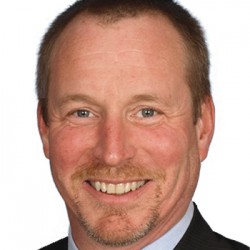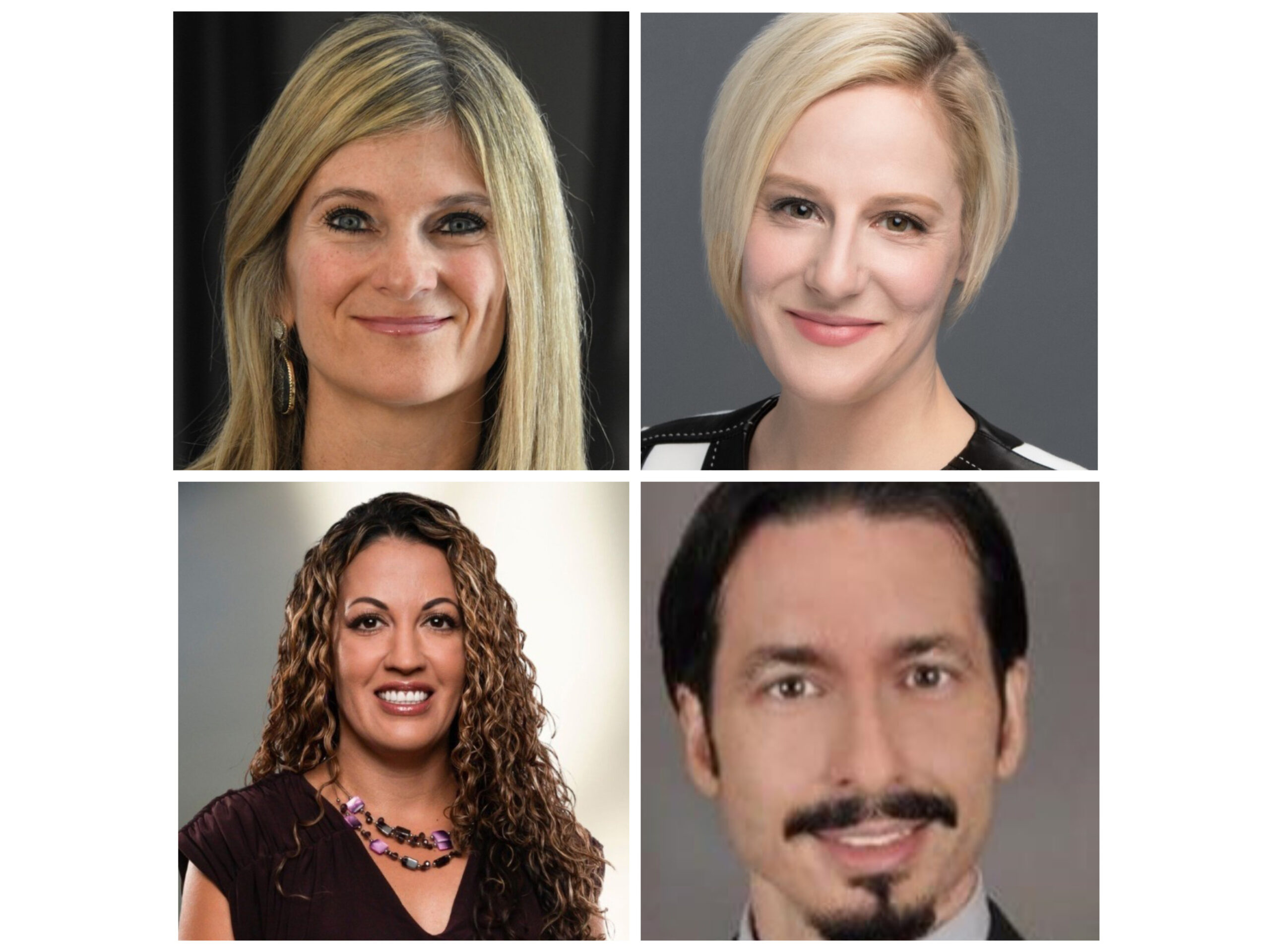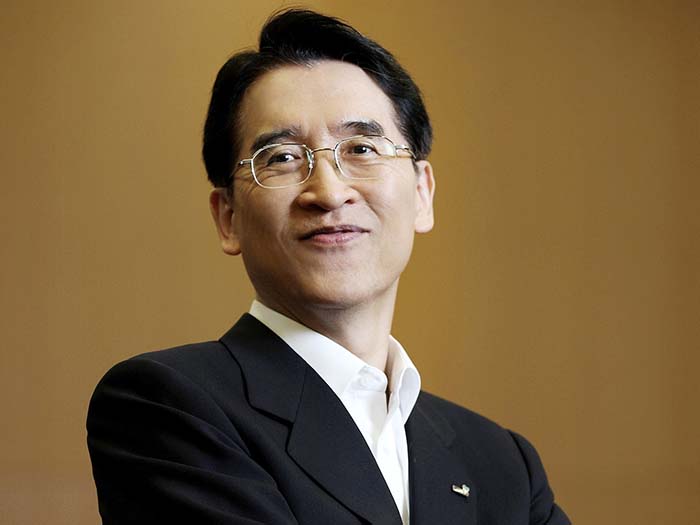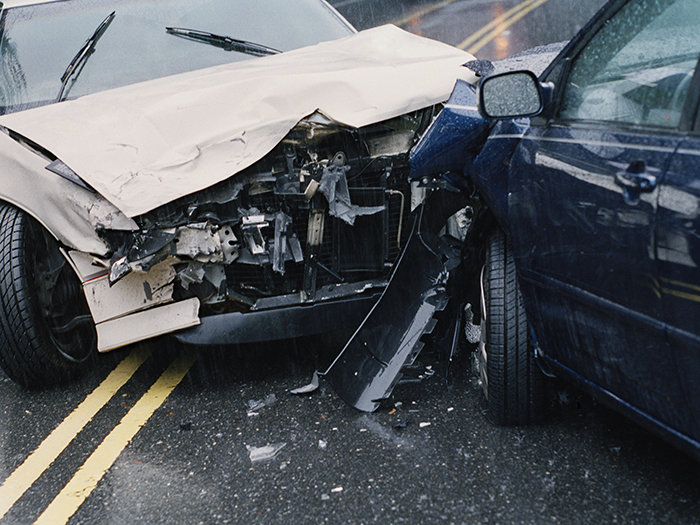Risk Engineering
Home Engineering

Many large multinational quota share property insurance programs lack comprehensive single-point risk engineering services that are consistent and fluid. Generally, no single insurer or reinsurer has the capacity to provide customized property risk engineering that meets all stakeholders’ needs.
Prior to 2006, we at AES Corp. got our risk engineering services on an ad hoc basis from several reinsurers. The set-up didn’t work for us; we were impeded by inconsistent results and assessment techniques.
As a company with more than 17,000 employees and energy production facilities on five continents, we needed something much more robust to productively manage our $40 billion in total assets.
So starting in 2006, the AES Insurance Department created a risk engineering program using independent consultants. The program has produced significant results, with almost $18 billion in risk removed from our portfolio. AES is now a safer place to work and is a more attractive risk for energy market insurers.
So how did we do it? During the design phase of this self-directed risk engineering program we had a number of issues to resolve:
• Performance objectives
• Scope of services for property (fire) and boiler & machinery services
— Frequencies of assessments
— Scope of assessments
— Which locations to visit
• Deliverables
— Report formats
— Web-based platforms
— Report distribution process to all stakeholders
— Databases
• Funding strategies
For this program to be effective, the services had to be provided by an independent, unbundled risk engineering service provider and had to be consistent, repeatable, and defendable.
Funding for the program consists of an engineering credit from annual reinsurance premiums; however, the lion’s share of funding comes from AES.
The implementation phase proved to be challenging for a number of reasons. First, we needed to create a comprehensive list of all insured locations consisting of business name, physical address, latitude/longitude, and contact details.
One would think this would be an easy task but anyone associated with large, multinational companies can see that it can be challenging.
Pleasing All Stakeholders
The preliminary program was then presented to all stakeholders including the reinsurance panel and all AES businesses.
For the program to be accepted, the need and expected results had to be communicated, and resistance and questions had to be resolved. Finding an independent risk engineering service provider with cost-effective, high quality services and industry experienced engineers also proved to be challenging. Due to the size of AES and the geographical spread, few service providers had the bandwidth to meet the performance objectives, scope of services, and deliverables.
Deploying the independent risk engineering consultants required significant effort. For the program to be effective, AES values, beliefs, and service instructions needed to be communicated to numerous risk engineers in different languages around the world.
At first, the program was managed by one AES fire protection engineer and produced mixed results. Although promising, the program was not evolving and producing results as fast as first thought.
This was in part due to the inertia caused by frequent initiatives or “programs of the month,” which are common at large corporations and just as commonly ignored. However, as AES managers realized the program was here to stay and recognized its value, its traction improved.
As a result, additional resources and emphasis was placed on the program. In 2008, AES added a boiler and machinery risk engineer and in 2010, added a risk engineer stationed in Latin America.
As with any robust progam, there is an “onion peeling” process where year-over-year engineers are able to take deeper dives into specific programs and risk issues.
As an example, many AES businesses either requested or needed assistance with infrared, thermography, and airborne ultrasound inspection services. These services are designed to give managers advance notice of electrical and mechanical issues that have the ability to rise to a loss.
In addition, due to several large losses in natural gas operations and changing regulations, fuel gas system audits were implemented. This service allowed managers to identify and abate hazards associated at gas-fired facilities.
When the self-directed program does not address all stakeholders’ needs, it is nimble enough to respond to market conditions, lessons learned, near misses, and industry losses — and allows for additional services.
The AES self-directed risk engineering program has been in operation for more than eight years and the results are impressive.
Of thousands of risk recommendations made, a majority have been implemented.
The self-directed risk engineering program has become deeply ingrained into AES and its affiliated businesses. Many AES businesses have come to accept the risk engineering consultants as extensions to their own staff and not just the “insurance inspector.”
There is frequent engagement between site managers and the risk engineers to discuss items such as risk reduction recommendation strategies, plant modifications and projects, or related risk strategies.
AES and our managers use the comprehensive risk engineering database to document, track, and trend results and to provide actionable information to facilitate informed risk based decisions. This database also helps to guide the future direction of the risk engineering program.
Any company that does not have comprehensive risk engineering services from their insurers or reinsurers that create value may want to consider a self-directed risk engineering program, which can be designed to meet their specific needs and requirements.
Some company cultures may resist implementing this type of program as changing a culture is more difficult than creating a culture. The AES experience with this type of program is evolutionary as opposed to revolutionary and is a journey that will never end. It is not for the faint of heart.











